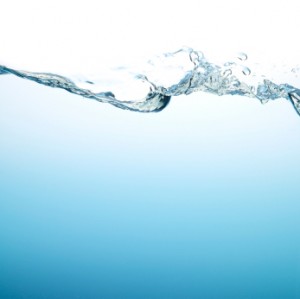Waterborne Illnesses in Hawaii
 Most people come to Hawaii to play in the sand and surf, but the waters around Hawaii can be harboring some potentially dangerous bacteria that can make you sick if you don’t take proper precautions. This is particularly true of many of the freshwater outlets throughout the islands, such as waterfalls and ponds. No matter how pristine the waters may look, there is no way to gauge what may be lurking beneath the surface. We have a list of some of the most common waterborne illnesses in Hawaii for you to watch out for.
Most people come to Hawaii to play in the sand and surf, but the waters around Hawaii can be harboring some potentially dangerous bacteria that can make you sick if you don’t take proper precautions. This is particularly true of many of the freshwater outlets throughout the islands, such as waterfalls and ponds. No matter how pristine the waters may look, there is no way to gauge what may be lurking beneath the surface. We have a list of some of the most common waterborne illnesses in Hawaii for you to watch out for.
Bacterial Illnesses
Many waterborne illnesses in Hawaii come from bacteria that lurk in fresh waters. These might include:
- Leptospirosis – Nearly half of all the cases of leptospirosis detected in the United States each year come from Hawaii. Symptoms of the disease might include flu-like symptoms such as fever, muscle aches, chills, red eyes and vomiting. Early detection and medication is the best way to shorten the length of this illness.
- Shigellosis – The Shigella bacteria is spread from person to person through stools, soiled fingers or contaminated food and water. Symptoms might include diarrhea, fever and stomach cramps, which usually resolve within a week or so.
- Yersiniosis – This bacterium tends to attack children more frequently than adults and is found in untreated water, shellfish and some dairy products. Symptoms include fever, diarrhea and acute stomach pain. This is the rarest type of waterborne illness in Hawaii.
Parasitic Illnesses
Some waterborne illnesses in the islands are due to microscopic parasites living in the water, and include:
- Cryptosporidiosis – Caused by a parasite that can live in the intestines of animals and humans, this illness is characterized by diarrhea and cramping. If left untreated, cryptosporidiosis can cause severe illness and even death.
- Giardiasis – This mild intestinal illness is caused by a parasite that can be passed from animals to humans through feces or through contaminated water or food. Symptoms include diarrhea, gas, cramps, fatigue and weight loss, which may last up to three weeks.
While waterborne illnesses are a concern in Hawaii, there are steps you can take to lower your risk. Never swim in freshwater ponds or waterfalls if you have an open sore or cut. Avoid drinking water from these sources before it is properly treated through boiling or chemical purification. If you develop symptoms of a waterborne illness, see your doctor right away for early detection and treatment. These simple steps will help you stay healthy in Hawaii, while you enjoy all of the wonderful outdoor adventures the islands have to offer.










